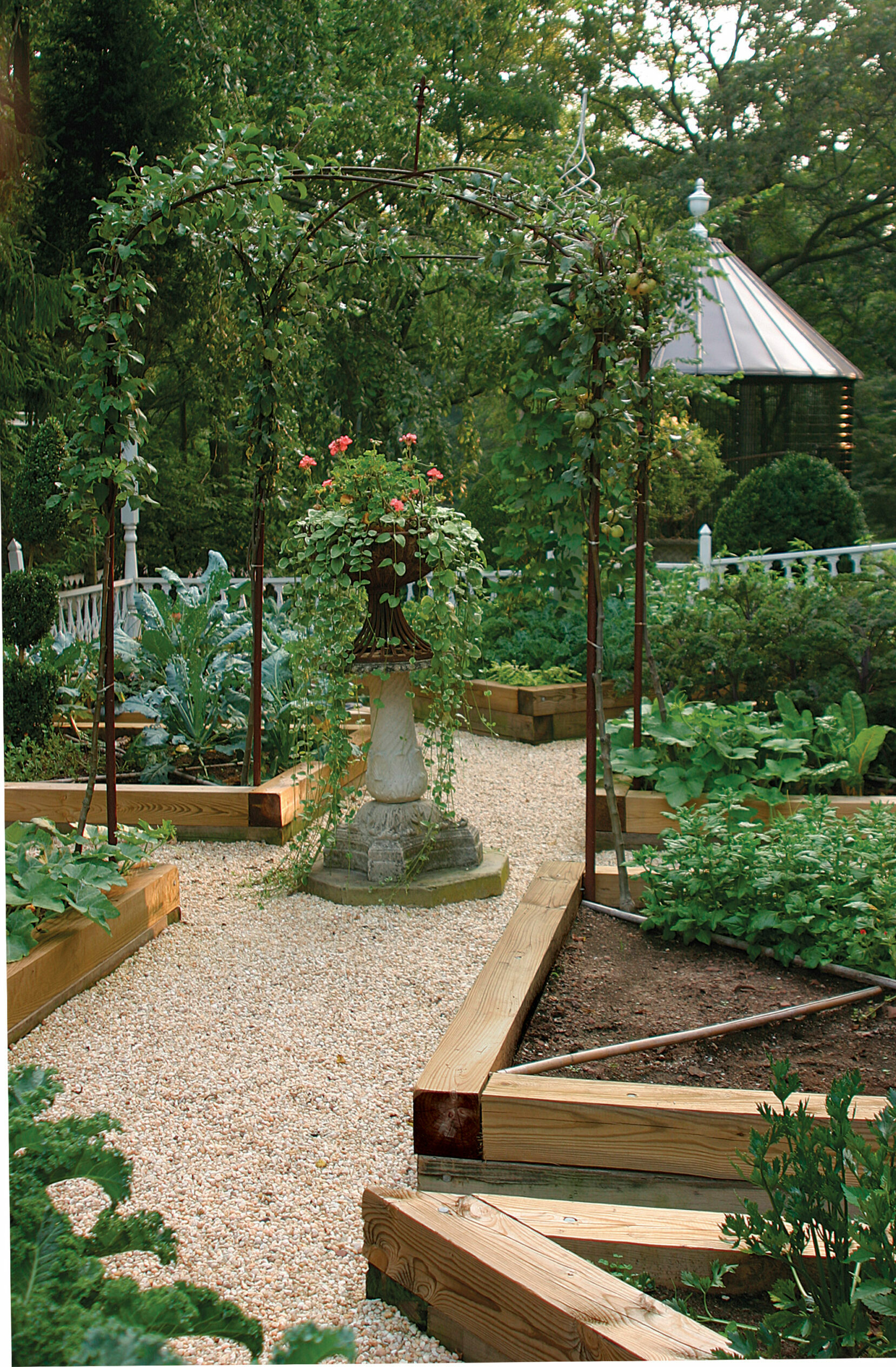What is a Decorative Raised Garden?
A decorative raised garden is an elevated garden bed that not only serves as a planting space but also enhances the aesthetic appeal of your landscape. The design can vary from simple wooden frames to intricate stone structures that compliment your home’s architecture.
Benefits of Decorative Raised Gardens
Raised gardens provide numerous benefits that enhance both gardening and outdoor living experiences:
- Improved Soil Drainage: Elevated beds prevent waterlogging and promote healthy root systems.
- Accessible Gardening: They minimize back strain, making gardening easier for those with mobility issues.
- Enhanced Aesthetics: Decorative designs add visual interest to your yard.
- Effective Pest Management: Raised beds are less likely to be invaded by pests than traditional gardens.
Choosing the Right Materials for Your Decorative Raised Garden
When planning your raised garden, selecting the right materials is crucial. Here’s a comparison of common materials used:
| Material | Pros | Cons |
|---|---|---|
| Wood | Natural look, easy to work with, affordable | May rot over time, requires maintenance |
| Stone | Durable, beautiful, good for aesthetics | Expensive, requires skilled labor to install |
| Metal | Modern look, very durable, easy to clean | Can heat up in the sun, may rust |
| Plastic | Lightweight, affordable, rot-proof | Less aesthetic appeal, may fade in sunlight |
Design Ideas for Your Decorative Raised Garden
Creating a decorative raised garden allows for limitless design possibilities. Below are some innovative design ideas that can inspire your project:
1. Traditional Wooden Beds
Opt for treated lumber or cedar for a classic look. This style can be stained or painted to match your home.
2. Stone-Tiered Gardens
If you have a slope in your yard, building stone-tiered gardens can add depth and interest.
3. Metal Planters
Using corrugated metal sheets can create a modern, chic appearance while being highly durable.
4. Vertical Gardens
Incorporate vertical elements—such as trellises or wall-mounted pockets— to maximize space and add a unique touch.

Steps to Build Your Decorative Raised Garden
Building a decorative raised garden can be a rewarding experience. Here’s a step-by-step guide:
Step 1: Select the Location
Choose a sunny spot with good drainage. Observe how sunlight moves through your yard throughout the day.
Step 2: Decide on the Size and Design
Use the ideas above to select your design and determine the dimensions of your raised garden.
Step 3: Gather Materials
Collect all necessary materials based on your selected design, including soil, compost, and plants.
Step 4: Construct the Frame
Assemble the frame of your raised garden using your chosen materials, ensuring it’s level and secure.
Step 5: Fill with Soil
Use a mixture of high-quality soil and compost to create a nutrient-rich environment for your plants.
Step 6: Plant and Decorate
Choose your plants based on the amount of sunlight and space available. Consider adding decorative stones or mulch for added beauty.
Personal Experience: My Journey with Decorative Raised Gardening
When I first decided to create a decorative raised garden, I was overwhelmed with choices. However, after careful planning and design, my garden transformed into a beautiful new outdoor space. I opted for wooden frames combined with colorful flowering plants. Not only did it improve my yard’s appearance, but it also became a serene place to relax.

Maintenance Tips for Decorative Raised Gardens
To keep your decorative raised garden flourishing:
Regular Watering
Ensure your plants receive adequate moisture, particularly during dry spells.
Soil Quality Checks
Mix fresh compost into the soil and check pH levels periodically for optimal plant growth.
Pest Control
Use organic pest control methods to protect your plants without harming the environment.
FAQs About Decorative Raised Gardens
What plants are best for a raised garden?
Consider planting herbs, vegetables, and flowers that suit your climate. Tomatoes, lettuce, and lavender are popular choices!
How high should a raised garden bed be?
A height of 12 to 30 inches is typical, depending on your gardening needs and accessibility.
Can I build a raised garden garden without a base?
Yes, you can create raised beds directly on the soil if drainage is adequate. Just make sure to monitor moisture levels.
How often should I replace the soil in my raised garden?
It’s good practice to refresh the soil annually, topping it off with compost to keep nutrient levels high.
